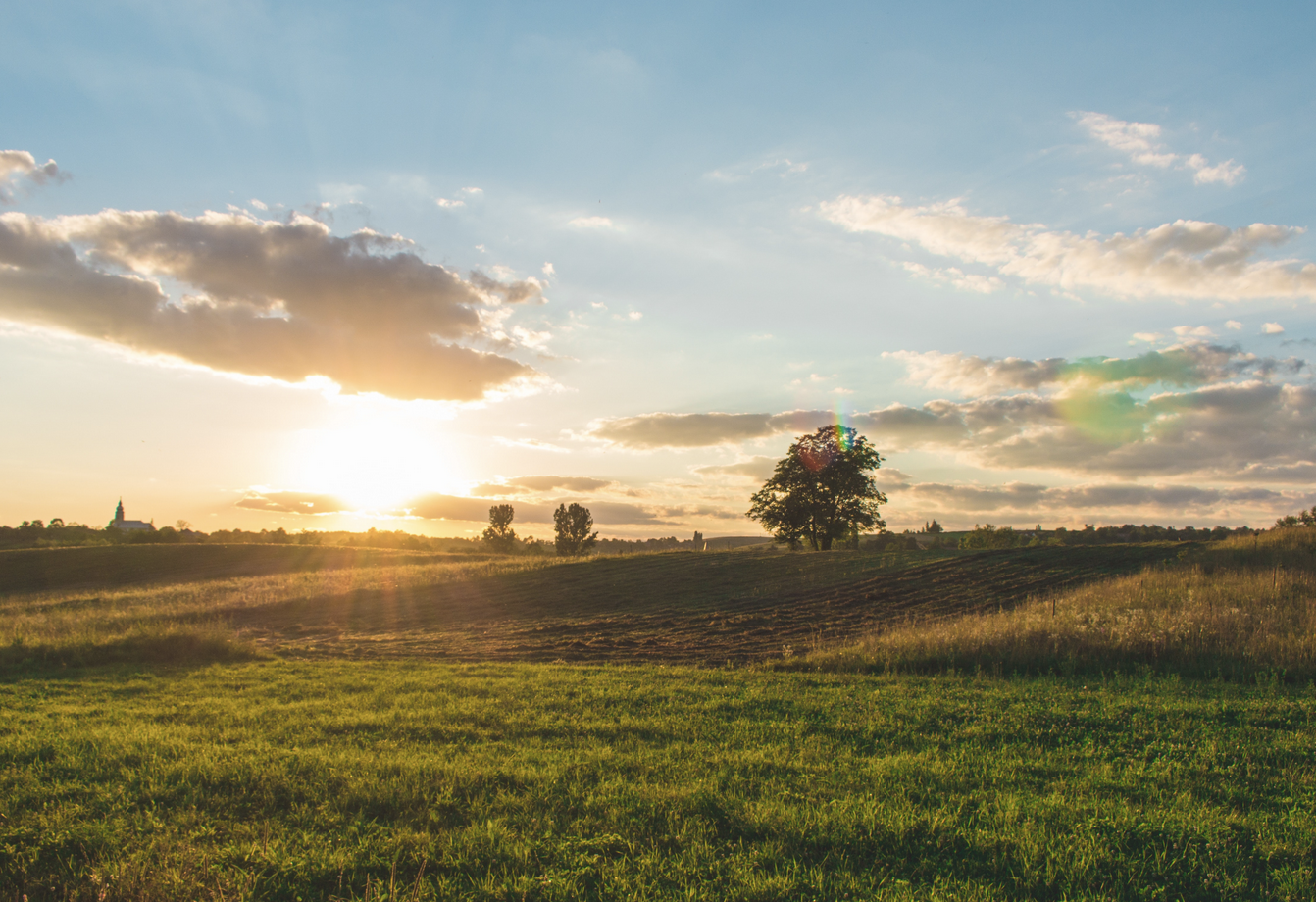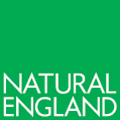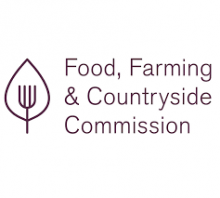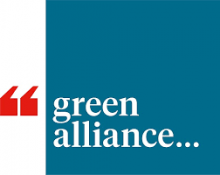The use of land has a significant impact on the environment and the economy, and as such, it is an important issue that needs to be carefully managed. One of the main challenges of land use in the UK is balancing the needs of different stakeholders, such as farmers, developers, and conservationists. In addition, climate change is also having an increasing impact on land use, with more frequent extreme weather events, such as droughts and floods, affecting the ability of the land to support certain uses. As a result, land use in the UK is a complex and evolving issue that requires careful consideration and planning
This summary was written by OpenAI's ChatGPT
Use this page to share initiatives, resources and discussions around Land Use, the Land Use Framework and the three compartment model.











Discussion
See FFCC's Hub for 'Land Use Framework' - https://ffcc.co.uk/land-use-framework